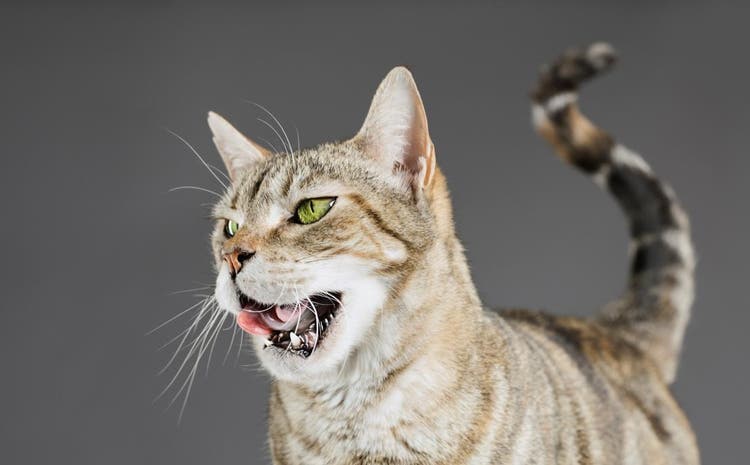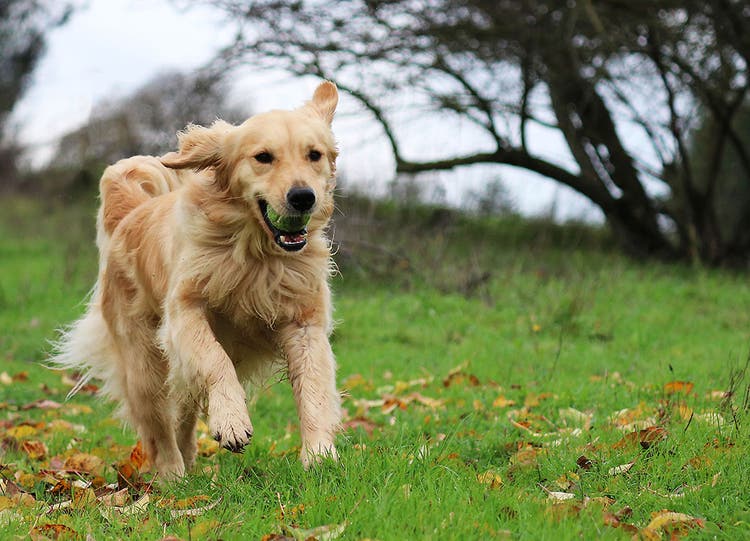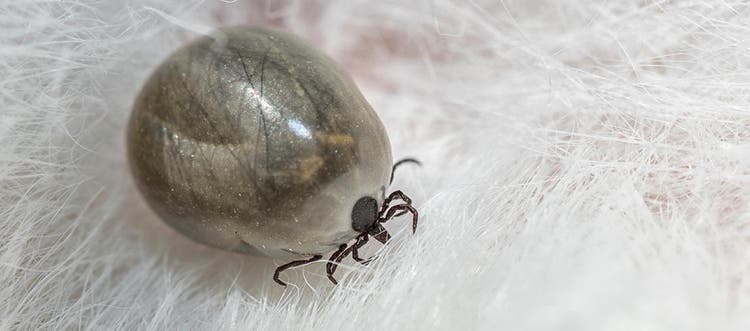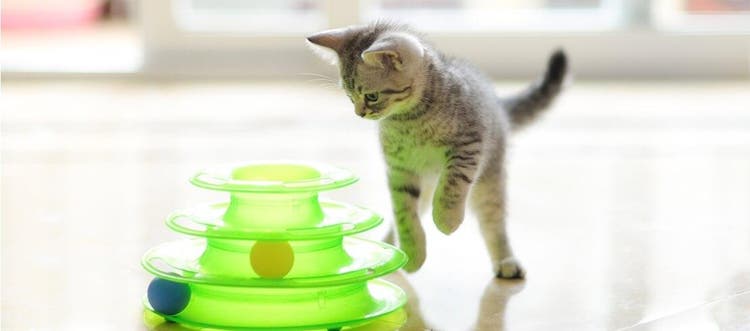Did you know that a parasite, which could pose a health risk to your dog, may be lurking in your garden?
It’s true! Ordinary slugs and snails you find in your front or backyard can carry a parasite called lungworm. If your dog becomes infected – often after eating a slug or snail – the parasite can pose a real threat to their health.
Make sure you know how to spot the warning signs of lungworm so you can help keep your pooch safe.
Why does my dog eat slugs and snails?
Dogs often ingest them by accident. When they’re playing in your backyard or in the great outdoors dogs may chew on a toy which has a slug or snail on it, or drink from puddles of water containing the creatures.
Slugs produce a foul-tasting substance as a defense mechanism, but even this isn’t always enough to stop dogs from eating them anyway.
Can slugs and snails harm my dog?
Slugs and snails can carry lungworm parasites which can lead to serious health issues if passed on to your dog, including breathing problems, coughing, tiring easily, poor blood clotting and excessive bleeding, weight loss and even death in puppies or dogs with compromised immune symptoms.
Can the slime produced by snails and slugs harm my dog too?
Research has found that the larvae of some lungworms can be released into the slime produced by slugs1. This means your pet doesn’t need to eat an entire slug or snail to be at risk of contracting lungworm. Your dog may become infected simply by ingesting the slime.
What is lungworm?
Lungworm is a parasitic worm which can be carried by dogs, foxes, other wild canids and even bears. Currently the most common form of the parasite in Canada is the lungworm most common to the fox (Crenosoma vulpis). There is concern, however, that a more virulent species of lungworm more common in Europe, the French heartworm (Angiostrongylus vasorum), has been found in the Atlantic provinces and is in danger of spreading across Canada as well.
How do dogs become infected by lungworm?
Lungworm larvae are carried by infected slugs and snails. It can be passed on to dogs if they deliberately or accidentally eat these common garden visitors while rummaging through undergrowth, drinking from puddles, or playing with toys that have tiny slugs or snails stuck to them.
How to spot lungworm symptoms in your dog
The signs of lungworm can be easily confused with other illnesses, so it is important to contact your veterinarian immediately if your pet displays any of the following:
- A persistent cough, which is the most common sign
- Breathing problems, including nasal discharge, bronchitis or difficulty breathing
- Changes in behaviour, including depression or lethargy
- General illness, such as weight loss, poor appetite or exercise intolerance
Dogs may show just one of these signs or a combination of them.
Options exist for both prevention and treatment of lungworms. Speak to you veterinarian if your dog is showing signs of infection or if you want to know more about prevention.
My dog ate a slug or snail. What should I do?
Not all snails and slugs carry the lungworm parasite. If, however, you live in an area where there are a lot of foxes and cases of lungworm in dogs have been reported you should discuss treatment and prevention options with your veterinarian.
Which dogs are particularly at risk of a lungworm infection?
Although any dog can become infected with lungworm, studies have shown that younger dogs are more likely to be affected, possibly due to their more inquisitive nature. However, all ages of dog, and any breed, can be affected by lungworm.
Dogs that are known to eat slugs and snails are also considered at high risk. That said, slugs and snails can be tiny, and you may have no idea that your dog has ingested one, particularly if they drink from water left outdoors.
Which areas put my dog at greater risk of lungworm?
As of May 2019, the more common form of lungworm in Canada, (Crenosoma vulpis), was highly prevalent in the red fox population of Nova Scotia, New Brunswick and Newfoundland, infecting 50% to 90% of the foxes. In addition, the more severe form of lungworm, (Angiostrongylus vasorum), has also documented as spreading throughout the Atlantic provinces via coyotes.
Considering that both foxes and coyotes are notorious for travelling great distances, there is a significant exposure risk to dogs in the Atlantic provinces and beyond. To date, cases of fox lungworm have been reported in Ontario and Quebec, and there is very real concern that it could present a risk in other regions as well.
For more information, see: https://research-groups.usask.ca/cpep/parasitedata/atlantic-canada.php
How do I protect my dog from lungworm?
There are options for both prevention and treatment of lungworm, depending on the particular lungworm. It should be noted that not all dewormers are effective against lungworm! Ask your veterinarian to recommend a dewormer that specifically targets lungworm as well as other worms.
How do I stop my dog from eating slugs and snails?
It’s difficult to keep an eye on your dog at all times but you can try to reduce some of the risks of lungworm.
Be vigilant
Bring your dog’s toys and water bowls inside overnight to prevent infected snails and slugs from contaminating them. If you do leave them out in the backyard, ensure you wash them thoroughly before your pooch has contact with them. Regularly check and refresh their drinking water. Try to avoid letting your dog sniffing around in your garden or other areas that are at high risk of slugs or snails.
Monitor the number of snails in your garden
If your garden is popular among slugs and snails, you may want to consider using a non-toxic way of controlling the population. Sprinkling sand, wood ashes, coffee grounds or crushed eggshells around your plants deters them. Other methods include cutting grapefruit skins in half and turning them upside down around your plants. Slugs don’t like their smell and texture. You can also try placing “beer traps” in your garden by burying small containers just below soil level and pouring beer in them. The beer attracts the slugs, then they slide in and drown. Not the best ending for slugs, but if it makes your garden safer for your best buddy it’s worth it.
Be a responsible pet owner
Picking up your pet’s stool should be part of your routine already, but when it comes to controlling lungworm, it’s particularly important to reduce the spread of lungworm.
Did you know…?
…that snails hibernate? Even odder, snails don’t just hibernate in Canadian winters, they may can hibernate in summer too! In fact, any time the weather is too extreme for them –cold or hot – snails seal their shell opening with a dry layer of mucus called an epiphragm which prevents them from drying out. In that state they can remain dormant for lengthy periods. In fact, in periods or areas where there is little rain, snails can hibernate for years!
1 Conboy G et al., Parasitol Res (2017), 116: S41-S54









